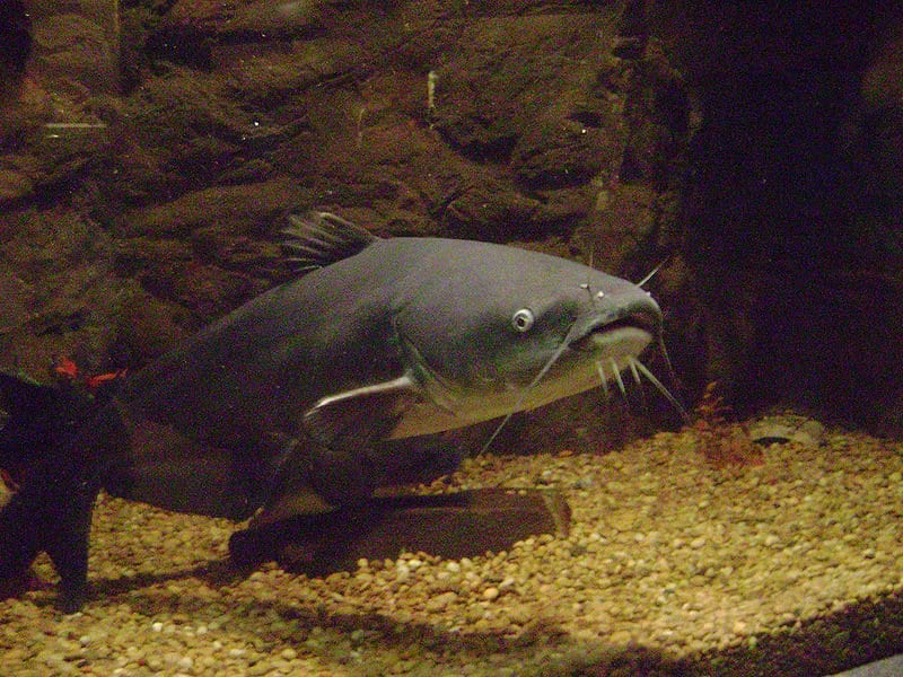In the United States, where catfish is a popular choice for consumption, fish farms produced approximately 307 million pounds of catfish for human consumption in 2021. However, infections and diseases pose a significant challenge to aquaculture, leading to the loss of millions of farmed fish annually.
Researchers have now introduced a novel solution to this problem: injecting alligator DNA into farm-raised catfish to enhance their disease resistance.
While this innovation may sound like the premise of a Southern gothic horror thriller, the scientists leading the project assure the public that there is no cause for alarm.
In initial trials, the introduction of alligator genes appeared to increase the catfish’s resistance to infection. In the future, this approach could potentially reduce the environmental impact of fish farming, decrease waste, and make the process more resource-efficient. Importantly, experts suggest that diners are unlikely to notice any difference when consuming genetically modified catfish.
“I would eat it in a heartbeat,” says Rex Dunham, an aquaculture scientist at Auburn University, who contributed to the project.
Although their work has yet to undergo peer review, the scientists have published a paper detailing their findings on the preprint server bioRxiv.
Alligators possess a gene responsible for producing an antimicrobial protein known as cathelicidin. This protein helps prevent infections in wounds sustained by alligators during combat.
The researchers hypothesized that this same gene could enhance catfish’s ability to resist diseases. To test their theory, they used the CRISPR gene-editing tool to insert the alligator gene containing the blueprint for cathelicidin into the genomes of catfish.
To prevent the genetically modified catfish from reproducing, which could have ecological consequences if released into the wild, the researchers strategically injected the alligator gene into the part of the catfish genome regulating a hormone necessary for spawning.
In experiments assessing disease resistance, the genetically modified catfish demonstrated survival rates two to five times higher than their unedited counterparts when exposed to two types of bacteria known to cause infections.
However, gene editing is a complex and challenging process, and repeating it for each new generation of fish may be necessary. Furthermore, gaining approval from the U.S. Food and Drug Administration for the consumption of genetically modified catfish will require a lengthy and rigorous process. Convincing consumers to embrace transgenic fish may also prove to be a challenge.
Despite these obstacles, experts see promise in this concept. While it remains uncertain whether genetically modified catfish will find their way to dinner plates, this research represents a “breakthrough in aquaculture genetics,” according to the scientists. Last year, Auburn researchers also mapped the genome of the blue catfish for the first time.
Beyond catfish, gene-editing technologies have been applied to improve various areas, including agriculture, disease treatment, and cancer research, though they remain the subject of ethical and regulatory discussions.

